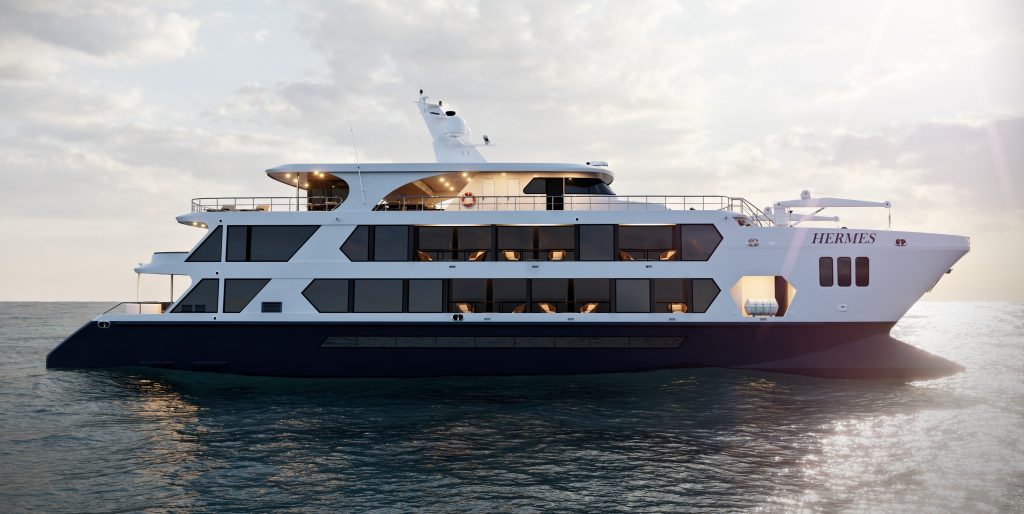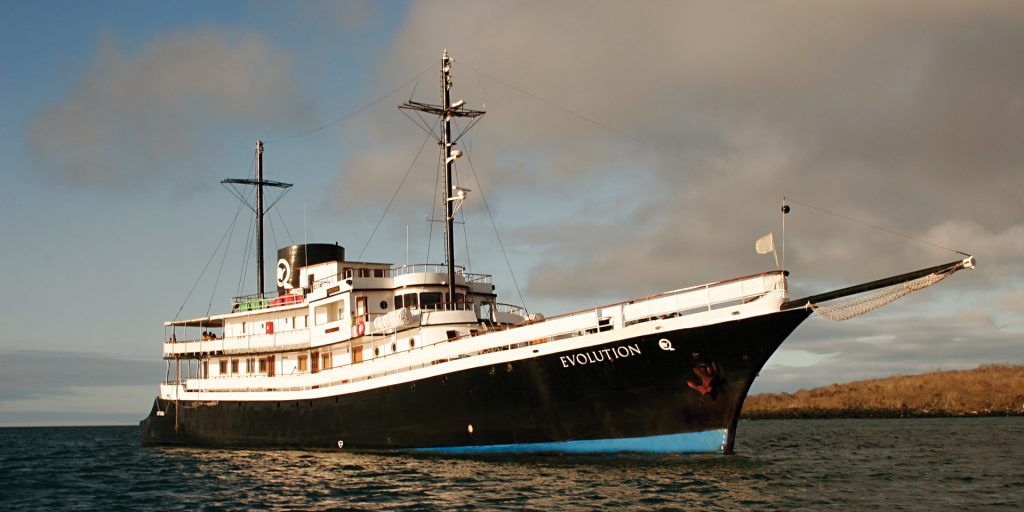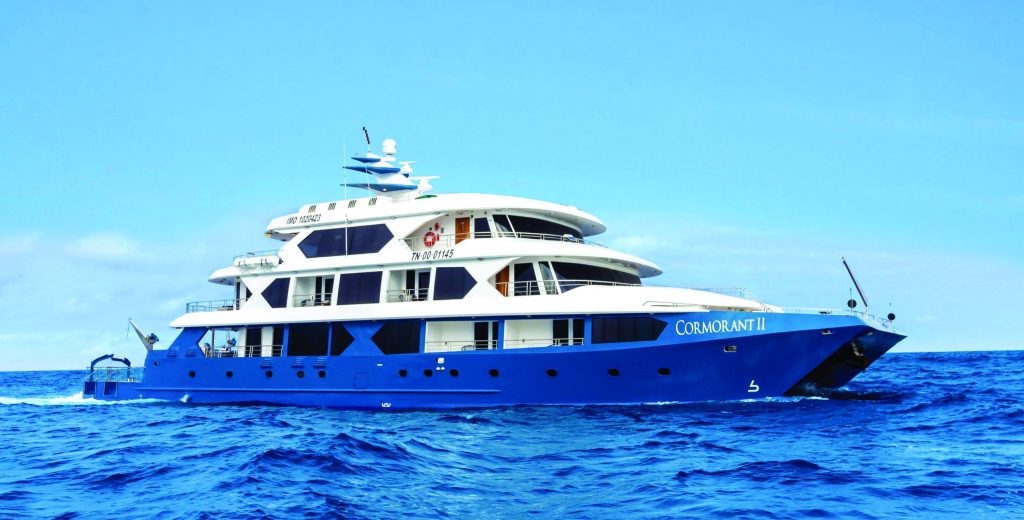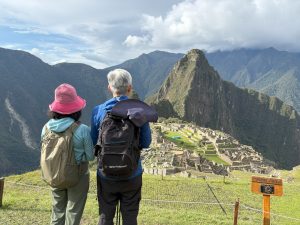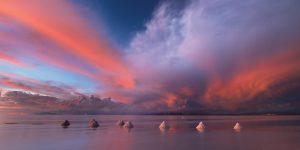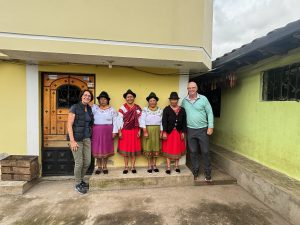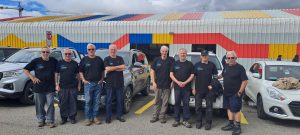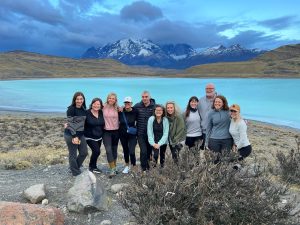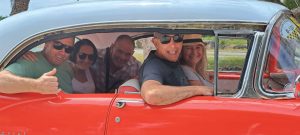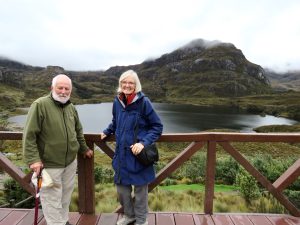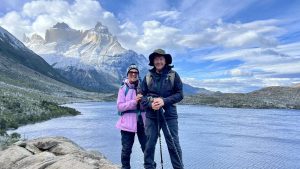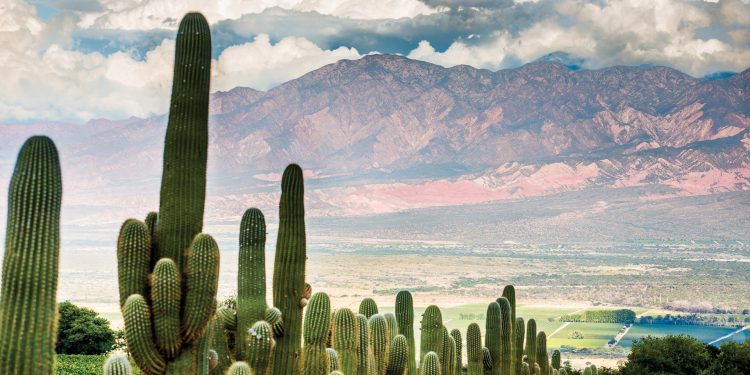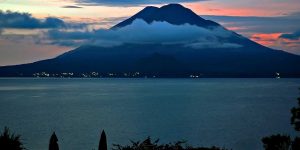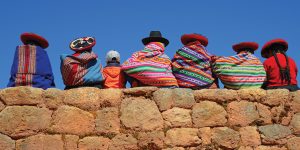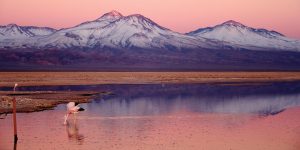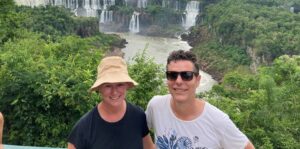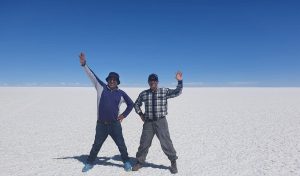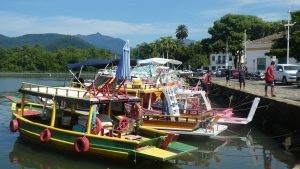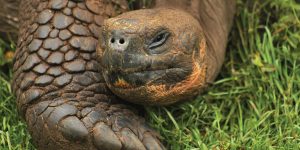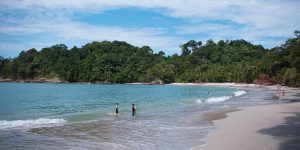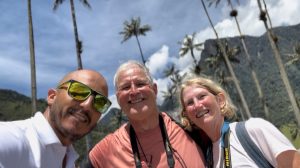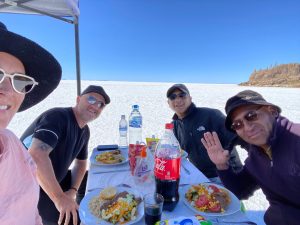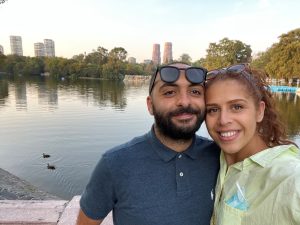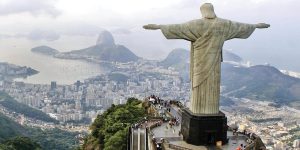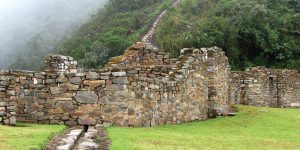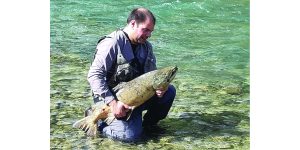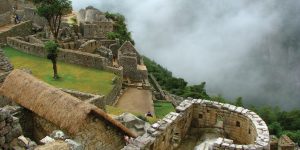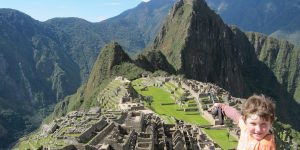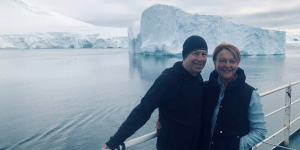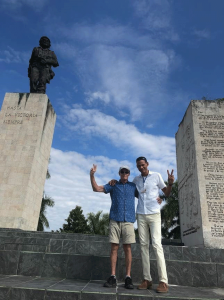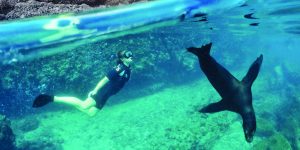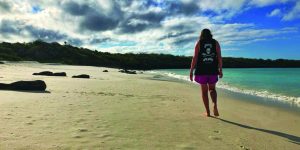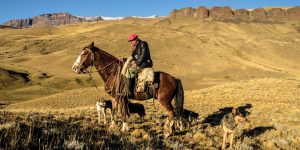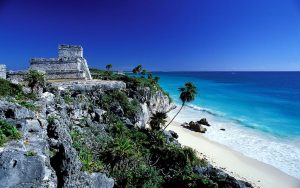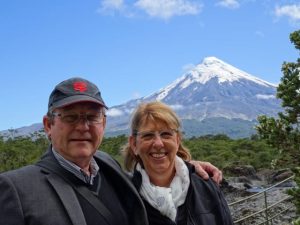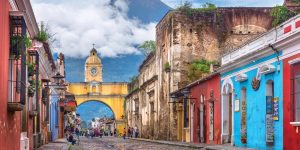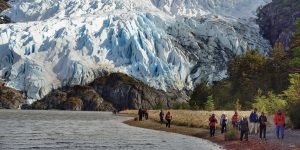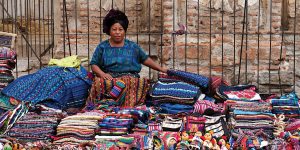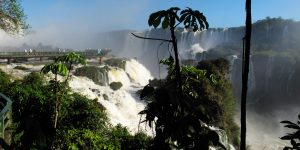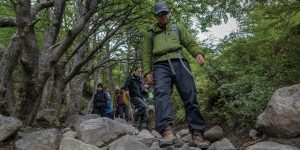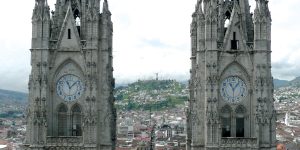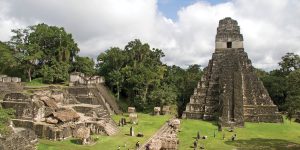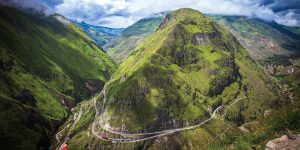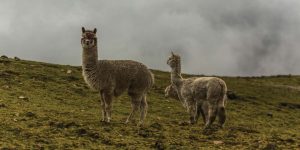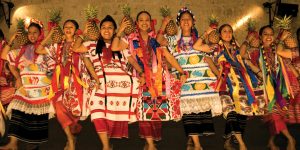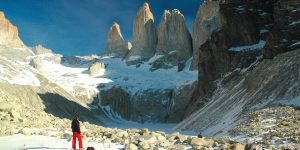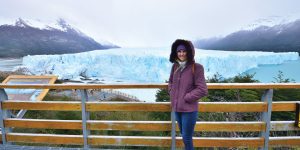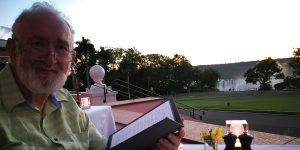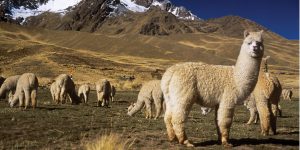Day 1 Santa Cruz./Galapagos Islands
Very early this morning you will be transferred to the airport for your flight to Galapagos.
There are two types of landings throughout your Galapagos tour:
Dry landing: guests step from the dinghy onto rocks or a dock.
Wet landing: as the dinghy edges onto a sandy beach, guests step into knee-deep water and wade ashore.
Please remember that the exact route and program may vary according to weather and ocean conditions and the wildlife we encounter.
Morning arrival to Baltra Island by plane and immediate transfer to the dock to board your cruise. Welcome introductory briefing and lunch.
PM: Charles Darwin Research Station (Santa Cruz Island)- this is the second-largest island in the Galapagos and its capital, Puerto Ayora, is the economic centre of the Islands. Visit the Charles Darwin Research Station to visit the Giant Tortoise and Land Iguana Breeding and Rearing Program. Here we used to find Lonesome George (now deceased), the last of his particular race of tortoise.
After this visit, you have time for a shower as we get ready for our welcome cocktail and our first formal briefing before dinner.
Day 2 Floreana Isl./Galapagos Islands
AM: Post Office Bay (Floreana Island)- has had a colourful history: Pirates, whalers, convicts, and a small band of somewhat peculiar colonists—a Baroness among them—who chose a Robinson Crusoe existence that ended in mystery and death. We visit Post Office Bay, where British whalers set up a barrel as the island’s Post Office, to send letters home on passing ships. The tradition continues to this day, simply by dropping a postcard into the barrel without a stamp.
PM: Cormorant Point & Champion Islet (Floreana Island)- Afternoon visit to Punta Cormorant which offers two highly contrasting beaches; a green-olivine beach and an iron-red beach. Between the two beaches is a salt lagoon frequented by flamingos, pintails, stilts, and other wading birds. Late afternoon snorkelling at Champion Islet, which is home to a myriad of marine species including a variety of pencil sea urchins, wrasses, angelfish, and amberjacks. Look for sea lions, rays, white-tipped reef sharks, and sea turtles. (breakfast, lunch, dinner)
Day 3 Española Isl./Galapagos Islands
AM: Punta Suarez (Española Island)- Española is the southernmost island of the archipelago and is one of the most popular due to the breathtaking variation and number of fauna that inhabits the island. In the morning we visit Punta Suarez where you will witness the widest variety of marine iguanas in the Galapagos, masked boobies and blue-footed boobies nesting along the cliff’s edge, as well as the famous, waved albatross.
PM: Gardner Bay (Española Island)- In the afternoon we visit Gardner Bay, a magnificent long white sandy beach, where colonies of sea lions laze in the sun, sea turtles swim offshore, and inquisitive mockingbirds boldly investigate new arrivals.
Day 4 San Cristobal Isl./Galapagos Islands
AM: Punta Pitt- In the morning, you will land on the island’s eastern tip. The trail that ascends from the beach provides spectacular views of the shoreline and is the only site in the Galapagos where you will be able to see the three species of Boobies. There are also two Frigate bird species commonly found on the island, plus a significant colony of Bachelor Sea Lions. After the walk, if conditions are favourable, there will be an opportunity to swim, kayak or snorkel from the beach or to hop onto the panga for a ride along the coast.
PM: Lobos Island & Kicker Rock- Sea Lion Island lives up to its name with its noisy population of frolicking and barking beasts. It lies just a short navigation north, up the west coast of San Cristobal, separated by a channel that forms an inviting lagoon. This is where you’ll have your first chance to share the water with a playful colony of the “wolves of the sea”. From Lobos, you should have views of Kicker Rock, a spectacular formation that rises 152 meters (500 feet) out of the Pacific.
Day 5 South Plazas Isl./Galapagos Islands
AM: Santa Fe Island- dive into a lagoon paradise! This island gem boasts a turquoise haven shielded by islets, perfect for snorkelling amid playful sea lions, vibrant fish, and sea turtles. Hike through a prickly pear cactus forest – the island’s giants reaching tree-like heights! Look for Santa Fe’s unique brown land iguanas, resembling miniature dragons, and spot Galapagos hawks surveying the scene. Kayak the northern shore for a thrilling adventure to hidden sea caves (conditions permitting).
PM: South Plaza Island- tiny island, vibrant explosion! Dive into a kaleidoscope of emerald cacti, fiery red sesuvium, and cerulean waters – nature’s palette at its finest. Snack alongside friendly yellow iguanas, watch playful bachelors polish the cliffs with their oily fur and marvel at graceful swallow-tailed gulls soaring from their ocean-view nests. Nazca and blue-footed boobies pirouette on the wind, while manta rays dance beneath the waves.
Day 6 Bartolome Isl./Galapagos Islands
AM: North Seymour- this is a good nesting site for frigate birds and Blue-footed boobies. The Island was lifted from the ocean floor by a seismic event, and its origins as a seabed give the island its low, flat profile. This island is teeming with life! You might have to give way to a passing sea lion or marine iguana; blue-footed booby nests sit beside the trail where mating pairs perform their courtship dance. A tiny forest of silver-grey Palo Santo trees stands just above the landing, usually without leaves, waiting for the rain to bring them into bloom.
PM: Pinnacle Rock (Bartolome Island)- Gaze upon the iconic Pinnacle Rock, rising like a spear from the turquoise waters. Witness Galapagos penguins, the only penguins north of the equator, waddle along the volcanic ledges. Snorkel beneath the surface, encountering a kaleidoscope of tropical fish dancing amidst colourful coral reefs. Relax on the crescent-shaped beaches, where sea turtles sometimes come ashore to nest, leaving their tracks in the soft sand. Hike the “Bartolome Trail,” a dry landing with stunning vistas. Walk amidst a volcanic wonderland, where lava tubes carve dramatic paths and small cones stand as a testament to the island’s fiery past. Reach the summit for breathtaking panoramic views of the Galapagos landscape, with Santiago Island and Sullivan Bay stretching out before you. Finally, enjoy a leisurely swim before setting sail towards your next adventure.
Day 7 Santa Cruz Isl./Galapagos Islands
AM: Chinese Hat Islet- is a relatively recent volcanic cone with the shape of a down-facing Chinese hat for which it is named. On the rocky shoreline of nearby Santiago Island, Galapagos penguins dot the coast. There is a small sea lion cove on the north shore, where boats anchor and land at the visitor site. Late afternoon snorkelling with sea lions and penguins and swimming opportunities in the cove.
PM: Dragon Hill (Santa Cruz)- home to fiery yellow iguanas guarding the black lava reefs. Hike through shifting landscapes, from mangrove shadows to cactus-studded hills, searching for Darwin’s finches flitting between Scalesia trees. Watch flamingo-pink reflections in a hidden lagoon, and at day’s end, meet a fearless Galapagos hawk, casting its gaze over the sun-kissed bay.
Day 8 Santa Cruz Isl.
AM: Black Turtle Cove (Santa Cruz Island)- Today your Galapagos cruise comes to an end, but before you bid farewell to the Grace we visit Black Turtle Cove, a mangrove estuary on the northern shores of Santa Cruz Island. Float through a maze of mangroves, emerald sentinels guarding a shimmering lagoon. Watch graceful rays glide beneath, diamond formations slicing the still water. White-tipped sharks patrol the depths, while playful sea turtles breach for air, their ancient dance woven into this haven. Pelicans skim the surface, their cries echoing through the emerald labyrinth. Next, return to the airport for your flight back to the Ecuadorian mainland.

